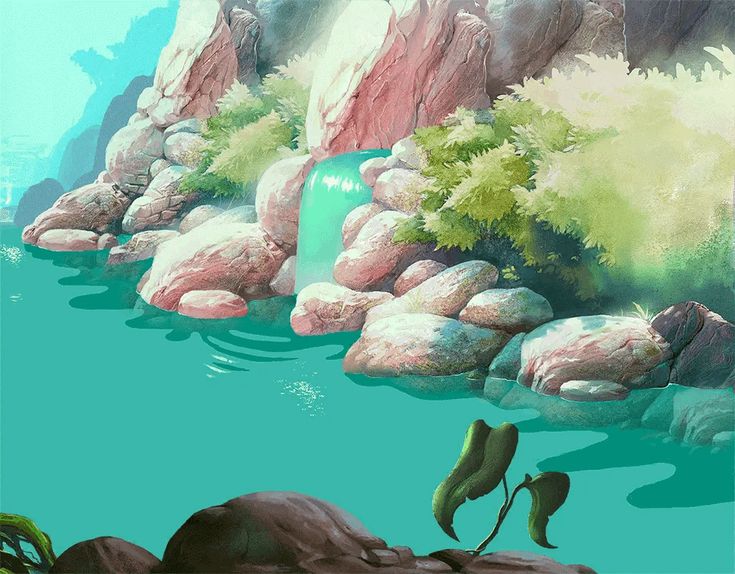In today’s fast-paced world, animation has evolved from traditional hand-drawn techniques to complex digital creations. Whether you’re a seasoned animator or a budding artist, having access to the right tools can elevate your projects from amateur to professional in no time. But with so many options available, how do you choose the right one? In this article, we’ll explore some of the best cutting-edge tools that are revolutionizing the animation industry, making it easier, faster, and more fun to create stunning animations.
Why the Right Tools Matter
Before diving into the latest tools, it’s important to understand why investing in the right software and resources is crucial. The world of animation is incredibly diverse—ranging from 2D to 3D, stop-motion, and motion graphics—and each type requires specialized software. Using outdated or overly complicated tools can slow down your workflow and limit creativity.
Newer tools streamline the process, providing intuitive interfaces, AI-powered features, and collaborative platforms that enhance the animation experience. The right software can make all the difference between spending hours tweaking one frame and quickly creating a polished scene.
Must-Have Tools for Modern Animators
Let’s take a closer look at some of the top animation tools currently available, which are reshaping the industry.
1. Blender
Blender is a free, open-source 3D creation suite that offers a comprehensive range of tools for modeling, rigging, animation, simulation, rendering, compositing, and motion tracking. Its popularity stems from its affordability and powerful features, making it a go-to choice for animators working on a budget. Blender’s constant updates ensure that it stays relevant in an ever-changing industry.
Key Features:
- Completely free with no hidden fees
- Advanced 3D animation tools
- A growing community offering tutorials and plugins
- Regular updates and new features
2. Toon Boom Harmony
Toon Boom Harmony is the industry standard for 2D animation. Known for its versatility, it is used by major studios such as Disney and Cartoon Network. With its range of features, animators can create both traditional frame-by-frame animations and rigged character animations. The tool also integrates seamlessly with other software, enhancing workflows across platforms.
Key Features:
- Professional-grade 2D animation software
- Rigging and frame-by-frame animation tools
- Supports vector and bitmap artwork
- Seamless integration with third-party applications
3. Adobe After Effects
While Adobe After Effects is traditionally known for its video editing and special effects capabilities, it is also a powerful tool for creating motion graphics and animations. Its flexibility allows users to create everything from animated text to intricate character animations. With a wide array of plugins, After Effects can be tailored to suit any animation project.
Key Features:
- Ideal for motion graphics and visual effects
- Extensive plugin library for customization
- Seamless integration with Adobe Creative Cloud
4. Moho (formerly Anime Studio)
Moho is a professional-grade 2D animation software known for its ease of use and powerful vector-based tools. Its bone-rigging system simplifies character animation, making it an excellent option for animators who need to produce high-quality work quickly. Moho is often chosen by studios and freelancers for its efficiency in creating clean, dynamic animations.
Key Features:
- Intuitive bone rigging system
- Vector-based animation tools
- Ideal for both beginners and professionals
The Ease of Using Older Animation Software
With the plethora of new tools available, you might wonder, are old animation softwares easier to use? In some cases, older software can feel simpler because it often lacks the advanced features and complexities of newer programs. However, the trade-off comes in the form of limited functionality, slower rendering speeds, and less refined user interfaces. While some animators still prefer the familiarity of older tools, modern software tends to be more intuitive and feature-rich, allowing artists to produce higher-quality work in less time.
The Future of Animation: AI and Automation
One of the most exciting developments in animation is the increasing role of AI and automation. AI-powered tools like Runway and Ebsynth are revolutionizing how animators work by automating tedious tasks, such as in-betweening (filling in the frames between key poses) and rotoscoping (tracing over live-action footage). These tools allow animators to focus on the creative aspects of their projects, saving time and effort.
Additionally, AI can assist in predictive animations, where the software anticipates what the animator is trying to achieve and suggests potential actions. This feature makes animation faster and opens up new possibilities for artists who want to push the boundaries of what’s possible.
Key AI Animation Tools to Watch:
- Runway: Real-time video editing and AI-powered motion tracking.
- Ebsynth: AI-assisted rotoscoping and animation painting.
- DeepMotion: AI-based body motion capture from video.
Collaborative Animation Platforms
Animation is rarely a solitary activity. Teams of animators, artists, writers, and directors often work together to bring projects to life. New collaborative tools make it easier than ever for animation teams to work together, regardless of location. Tools like SyncSketch and Frame.io allow animators to share their work, receive feedback in real-time, and make edits collaboratively. These platforms streamline the review process, speeding up production timelines and fostering a more dynamic creative environment.
Top Collaborative Animation Platforms:
- SyncSketch: Real-time review and collaboration platform for animators.
- Frame.io: Cloud-based collaboration software for video and animation projects.
- ShotGrid (formerly Shotgun): Production management and collaboration software for animation studios.
Conclusion
The world of animation is rapidly changing, and with the right tools, you can stay ahead of the curve. From industry-standard software like Blender and Toon Boom Harmony to AI-driven tools and collaborative platforms, animators now have many options to explore. Whether you want to create 2D animations, 3D models, or motion graphics, these cutting-edge tools will help you revolutionize your projects.
Adopting the latest animation technologies can enhance your creative process, produce higher-quality work, and collaborate more effectively with others. The future of animation is here—are you ready to embrace it?
